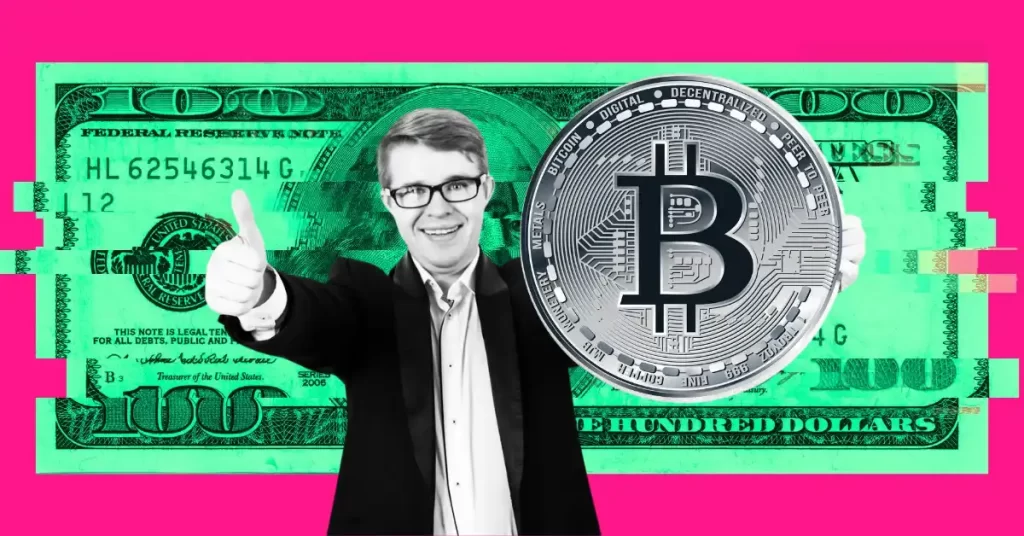
The post From Bitcoin to Solana: A Crypto Billionaire’s New Investment Strategy appeared first on Coinpedia Fintech News
Former BitMEX CEO Arthur Hayes has expressed bullish confidence in Solana (SOL), emphasizing its potential for recovery and growth despite challenges post-FTX collapse. Despite FTX’s downfall and legal issues involving its founder, Sam Bankman-Fried, a notable supporter of Solana, Hayes remains optimistic about the cryptocurrency’s bright future.
Time To Switch To Solana?
Known for accurate market predictions, Hayes detailed his investment strategy in a recent essay, hinting at divesting some tokens, including Solana, in case of a Bitcoin downturn. However, he plans to invest in Solana and other altcoins if Bitcoin drops below $35,000, showcasing his belief in Solana’s potential.
However, Solana’s market performance stayed volatile, making sudden price swings. After a surge in late 2023, followed by a correction in early 2024, the crypto has maintained a decent price level, hinting investor confidence in its stability. Hayes’s past comments have helped Solana surge, indicating a bullish surge in the coming days.
Macro Factors at Play
Despite SOL’s 9.8% price drop and inability to break $104, its network fundamentals remain strong. Since Jan. 31, broader crypto market pressure, triggered by the Fed’s decision to hold interest rates, has exacerbated concerns about regional bank problems. NYCB’s 42% share price slump raised financial and bigger crypto crisis concerns. Hayes expects a negative impact on Bitcoin followed by favorable outcomes for altcoins if the Fed issues a no-rate cut policy.
Signs of Recovery and Growth
A notable shift of 150,000 SOL from a Bybit exchange wallet to an unknown address suggests bullish sentiments among large-scale investors, marking long-term confidence in the Solana project. Hayes’ view aligns with this, indicating a gradual increase in confidence in the asset’s potential. Despite recent challenges, Solana’s market has shown signs of recovery, trading at $97.86 with a market cap of $42.67 billion, reflecting resilience and potential for growth.

 1 year ago
86
1 year ago
86














 English (US) ·
English (US) ·